Top 9 Spanish Writers That Speak from their Hearts - 5 Nobels!
November 10, 2022
Win a FREE Trip to Spain!
Exciting Announcement! For the first time, we're thrilled to offer exclusive trips to the heart of Spain - an experience like no other. This isn't your typical tourist journey; it's a unique opportunity to immerse yourself in authentic Spanish culture, alongside real locals and our passionate team.
But there's more! Simply by requesting information about this amazing trip, you'll be entered into a special draw to win a Fully Paid Trip to Spain for Two. And that's not all - everyone who inquires will receive an exclusive bonus gift, valued at $500, available only now.
Ready to Discover the Real Spain?Click Here ↑ to Request Information & Enter the Draw!
What Spanish writers do you know? Doesn’t matter if they are old or contemporary. Could you name at least three of them?
If you did mention three, I am very proud! If you didn’t, don’t worry. We can work on that right now!
In this article, you will meet not three but nine Spanish writers who have earned the right to be called the best.
Again, Spain has many, many, many incredibly good authors. Today you get to know the ones that have touched international hearts and minds.
Table of Contents ▼ ▶
1. Miguel de Cervantes
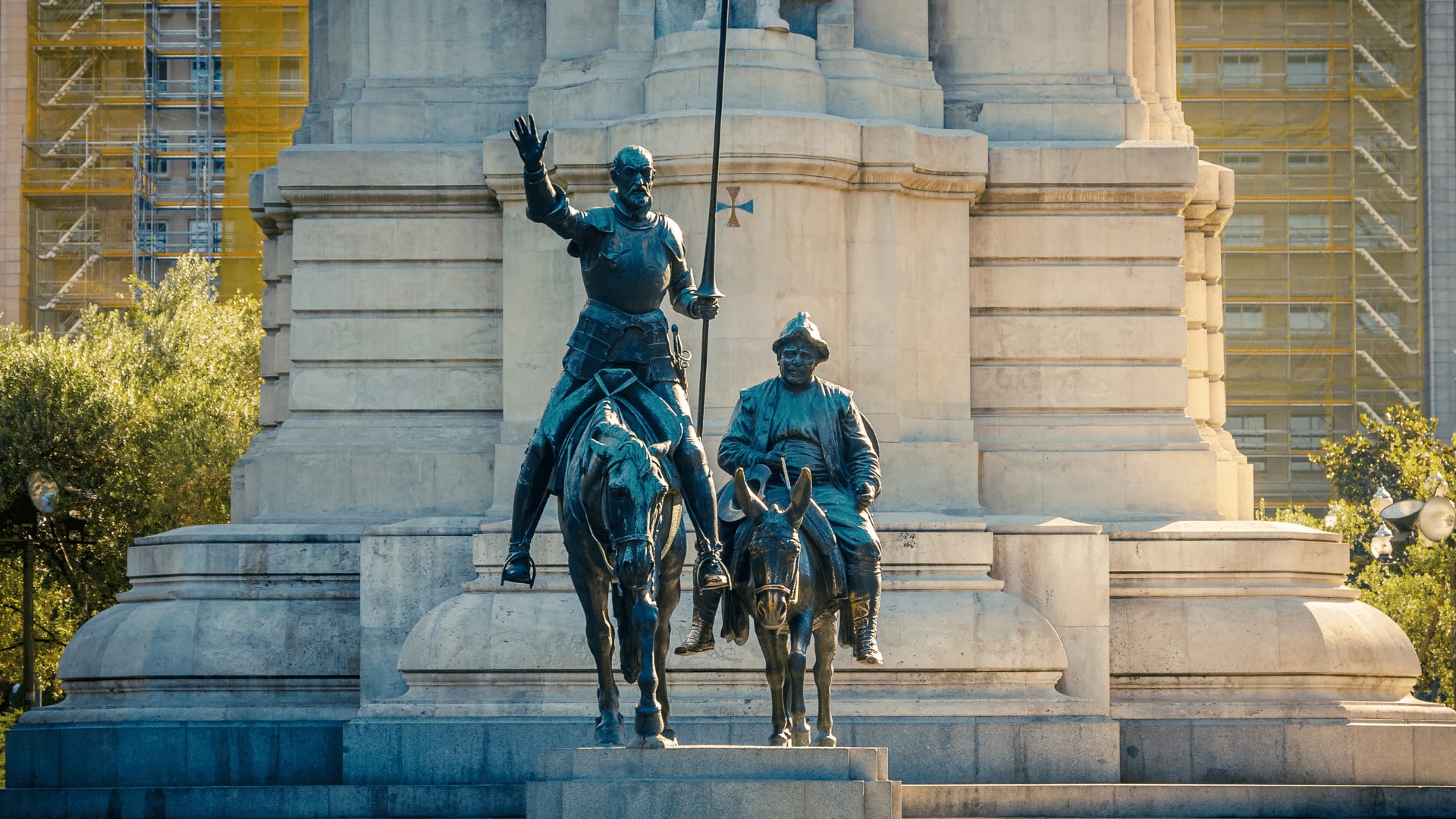
If you are ever in Madrid, walking all the way through the Gran Vía, you will reach Plaza de España. In the middle of this ample space is a giant monument of Don Quixote and his loyal friend Sancho Panza. These two iconic characters in the history of Literature were created by the one and only Miguel de Cervantes.
Miguel de Cervantes was born September 29, 1547, in Alcalá de Henares and died in Madrid on April 22, 1616. Cervantes is known for disrupting the conventional way of writing in the 16th century because he crossed the line between fiction, reality, and relevant themes such as love, religion, and politics. He could focus on three great genres with the same commitment yet very different results. These genres were; poetry, theater, and novel.
His best and most famous novel is Don Quixote, published in 1605, which changed modern novels completely. We can find this novel all over the world. It has been translated into 145 languages. Besides that, he wrote many other novels, short stories, poems, and plays.
In 1570 he became a soldier, he was very brave and decided to take part in the Battle of Lepanto, where he was badly injured. When his brother and him were coming to Spain, they were captured by the Turks in 1575, and spent five years in prison. When he was a kid he started reading books and he loved it, he spent hours and hours reading.
2. José Echegaray
Nobel Prize
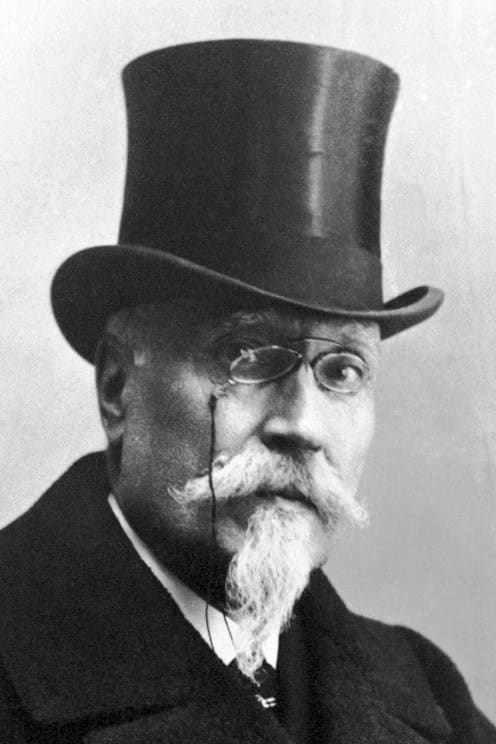
Born on April 19, 1832, in Madrid, José Echegaray went to an engineering school where he studied Economics and Mathematics. Later in life, he would become the Minister of Public Works and Finance. In his literary career, he also published many different books, even some on mathematics and physics. He started writing when he was 42 years old, which was considered pretty late at that time. While writing books, he had a productive career, publishing an average of two plays a year for the rest of his life. He died in his city of birth on September 4, 1916.
Echegaray wrote many different types of novels, such as science, nature, especially mathematics, and literary plays. He wrote 67 in total, and 34 were in verse. One of his most famous books is “La Esposa del Vengador”, published in 1874. Other books he published were: “El gran Galeoto” (1881) and “Mariana” (1940).
Echegaray was the first Spanish writer to win the Nobel Prize for Literature; he was awarded the Nobel for recognizing numerous brilliant compositions in an individual and original way. The prize was shared with the French writer Frederic Mistral in 1904. Frédéric Mistral was a Gallic poet. He was awarded by the academy for his important work as a Provençal philologist.
3. Juan Ramón Jimenez
Nobel Prize
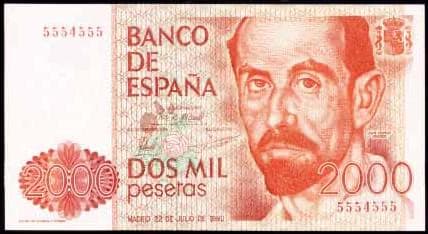
Juan Ramón Jimenez was born on 23 December 1881 in Huelva. He began studying Law and Painting at the University of Seville but abandoned this career to devote himself to Literature. His significant influence was Rubén Darío and the French symbolists. The death of his dad caused several crises of depression in the author because he lived in France and then was established in Madrid.
In 1936, at the outbreak of the Spanish Civil War, he went into exile in the United States, Cuba, and Puerto Rico. While living in Puerto Rico, he received the news that he had been awarded the Nobel Prize for Literature in 1956. He died two years later, on May 29, 1958; some say he never recovered from his wife’s death, leaving him devastated.
His poetic life was divided into 3 stages:
- Sensitive stage (1898-1915): His style was marked by Symbolism and Modernism. It is based on descriptions of landscapes, feelings, music, color, and memories.
- Intellectual stage (1916-1936): He uses the sea as a transcendent motif. The sea symbolizes life, solitude, joy, and the present. He tries to reach eternity through beauty and poetic purification.
- True stage (1937-1958): This stage compiles everything he wrote during his American exile.
He was mainly known for his lyric work, called Platero y yo, published in 1914. A lyrical prose for which he won the Nobel Prize for Literature in 1956.
4. Jacinto Benavente
Nobel Prize
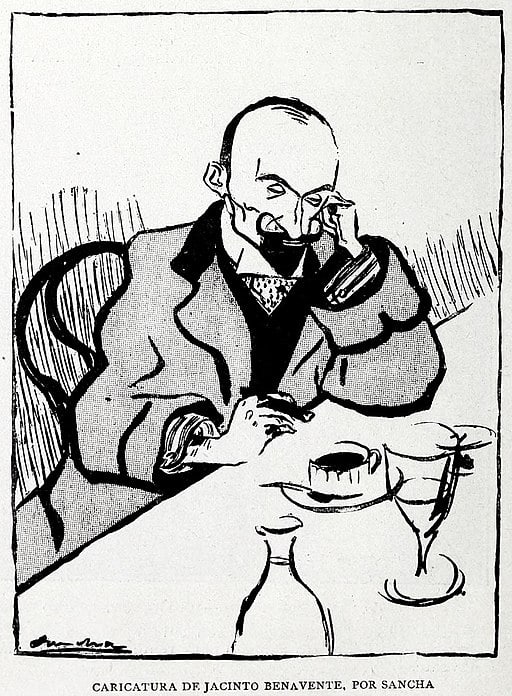
Jacinto was born in Madrid on August 12, 1866. Son of a well-known pediatrician, he began his studies in law. However, he became a school dropout when his father passed away and left him with a big inheritance. With the money that his father left behind, Jacinto traveled to France, England and Russia.
On his return to Spain, he edited and contributed to several newspapers and journals. He achieved some fame with Women’s letters (1892-93), a series of women’s letters, which was followed by another series in 1902. These letters gave Benavente a reputation as a brilliant stylist.
He was a multifaceted artist. He developed as a playwright, director, screenwriter, and film producer. His career as an author began with drama with a collection of plays. His first success was El nido ajeno (1894); after that, his most famous piece, The Governor’s wife, was published in 1901; autumnal roses were published in 1905, and The Lady of the House in 1908.
He was awarded the Nobel Prize for his mastery of Literature an continued the craft of Spanish drama, becoming the second Spaniard to receive that honor. He died at the age of 78 on July 14, 1944.
5. Vicente Aleixandre
Nobel Prize
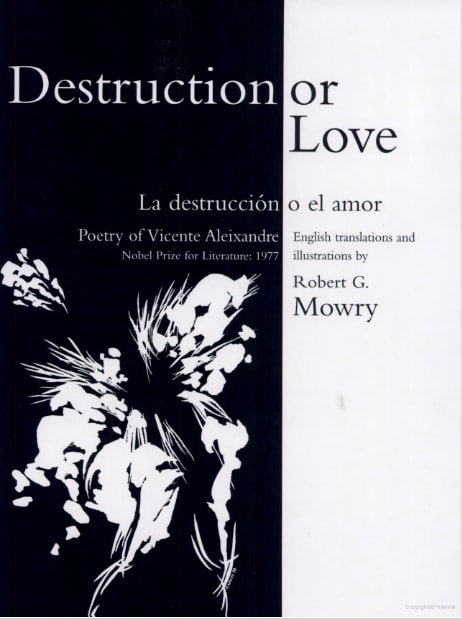
Vicente Aleixandre was born on April 26, 1898, in sunny Seville. As a little boy, he spent most of his childhood in the neighboring city of Málaga but then moved to Madrid, where he styed the rest of his life. He studied law, yet at the beginning of 1925, he was more into Literature. While recovering from a terrible disiease, he spent his time reading other authors such as Becquer and Ruben Dario, who inspired him to write poetry. His first book of poems appeared in 1928. In 1933, he received the National Literary Prize for his work Destruction or Love. He died in 1983 of tuberculosis.
Vicente Aleixandre dedicated his life to writing poetry. He didn’t write any other genre, and his poetic activity can be divided into different periods:
- Pure poetry
- Surrealist poetry
- Anthropocentric poetry
- Old Age poetry
In 1977 he received the Nobel Prize, with which his works were universally recognized, in a certain way the entire Generation of ‘27. That same year he was awarded the Gran Cruz de Carlos III. However, his most significant publication was A longing for the light: selected poems of Vicente Aleixandre, published in 1979.
6. Camilo José Cela
Nobel Prize

Camilo José Cela was born in Galicia on May 11, 1916. Although he was born in Galicia, he grew up in Madrid. He began studying medicine at the Complutense University of Madrid. Still, like most of our other authors, something in his heart and a class on modern Literature charmed him into the discipline. However, he didn’t change to Literature but Law. His studies were interrupted by the Spanish Civil War. After the publication of his debut novel in 1942, he decided to be a full-time writer and quit law school.
Cela’s extensive production includes most genres, including novels, essays, plays, and poems. He was the editor of the magazine ‘Paples de son Armada,’ and he provided a platform for freedom of speech during Franco’s dictatorship. He died of cardiovascular disease on January 2002.
Cela’s extensive portfolio included most genres, from novels to essays, plays, and poems. His literary style is related to the Spanish tradition of humorous grotesquerie and the experimentation of form and content.
His most famous works are The Family of Pascual Duarte in 1942 and The Hive in 1951 which was actually banned by Franco.
Camilo José Cela was awarded the Nobel Prize for Literature in 1989 “for being the most outstanding figure of literary renewal in Spain, and for his rich and intense prose.”
7. Federico Garcia Lorca
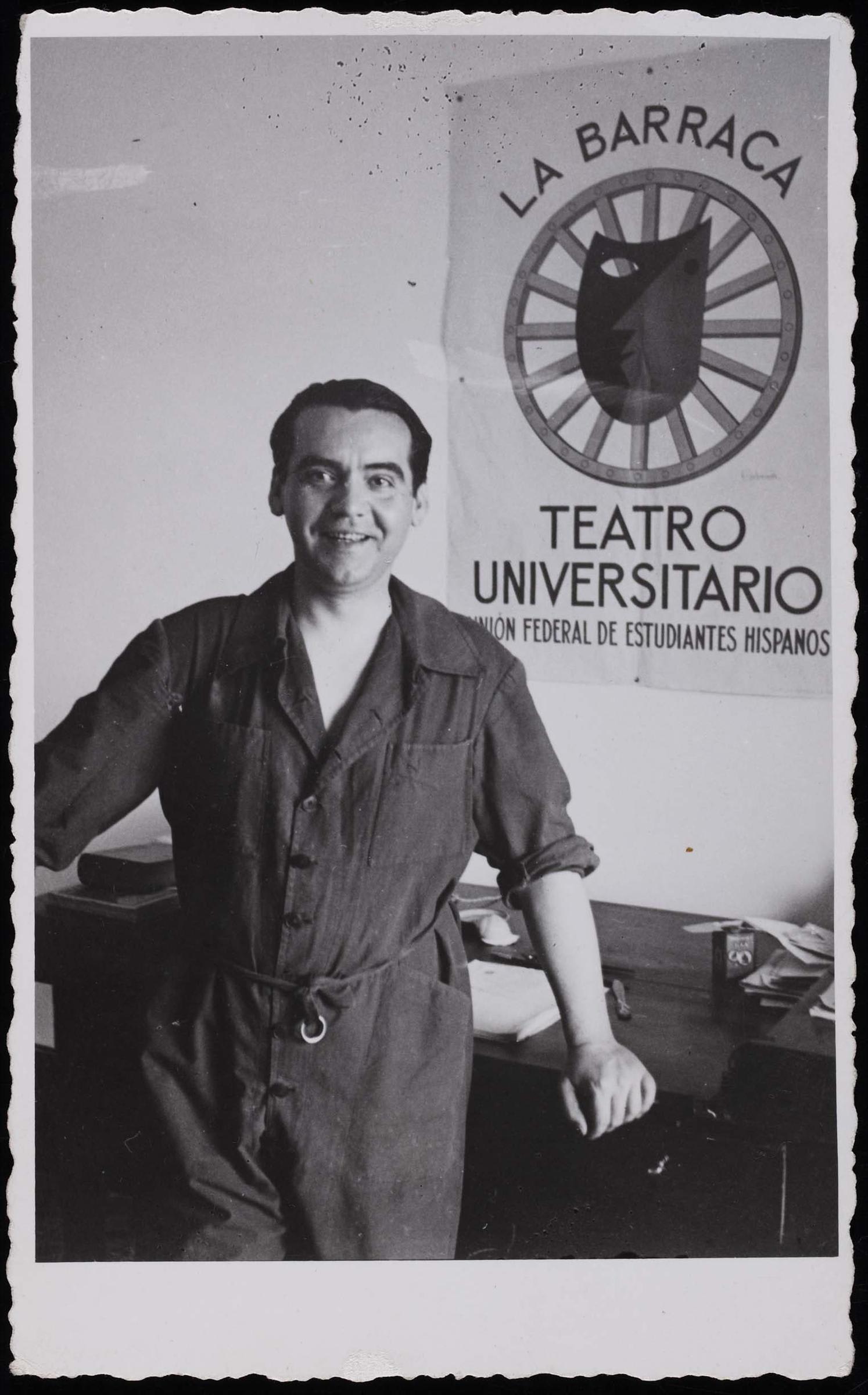
Federico García Lorca was born June 5, 1898, in Andalusia; as a little kid, he was more interested in music than Literature, but that would change with the years. He began his studies in Law, Philosophy, and Literature in Granada but finished them at the “Residencia de Estudiantes” in Madrid. This residence was famous because it was where most of Spain’s intellectuals met each other and developed the basis of their art.
In Madrid, he met Salvador Dali, and they became great friends. Dalí would later design the scenery for a production of Lorca’s play. Also, the same year he moved to Madrid, he published his first book (1918). Lorca belonged to the literary movement known as The “Generation of ‘27,” which introduced him to Surrealism, a movement that would influence his writing ultimately.
In the 1930s, Lorca traveled to New York and Cuba. He returned to Spain in 1930 and toured the country with the theater group La Barraca. In 1936 he was arrested during the Spanish Civil war and accused of being a spy and homosexual. He was shot and thrown into a common pit; the date of his death is August 19, 1936.
Lorca’s two most successful poetry collections were The Gypsy Ballads, published in 1928, and Blood Wedding in 1933. In the year of his death, he published “La Casa de Bernarda Alba,” a tragic drama that became an international success i the theaters.
To know more about this important piece of Spanish theater, head here!
The 7 Best Spanish Books That Will Take You In Different Adventures
8. Carlos Ruiz Zafón

Carlos Ruíz Zafón was born on September 25, 1964, in Barcelona. When he finished his career, he worked in the advertising sector and even became the creative director for McCann WorldGroup.
In the early 90s, he began his career as a writer with literary texts for children and young people. In 2001, with ith “La Sombra Del Viento” or the Shadow of the Wind, Carlos became a finalist for the Fernando Lara Award and was internationally renowned. The book became a best-seller in Spain and Germany and was enthusiastically received in the United States.
The Shadow of the Wind was the first book of his tetralogy, The Cemetery of Forgotten Books, which he got to finish before passing away in 2020 due a colon cancer.
He loved 19th-century novels. Zafón was influenced by authors such as Fedor Dostoyevsky, Leon Tolstoy, and Charles Dickens. His most famous books are; La Sombra del Viento in 2001, El juego del Ángel in 2008 and El prisionero del Cielo.
9. Rosa Montero
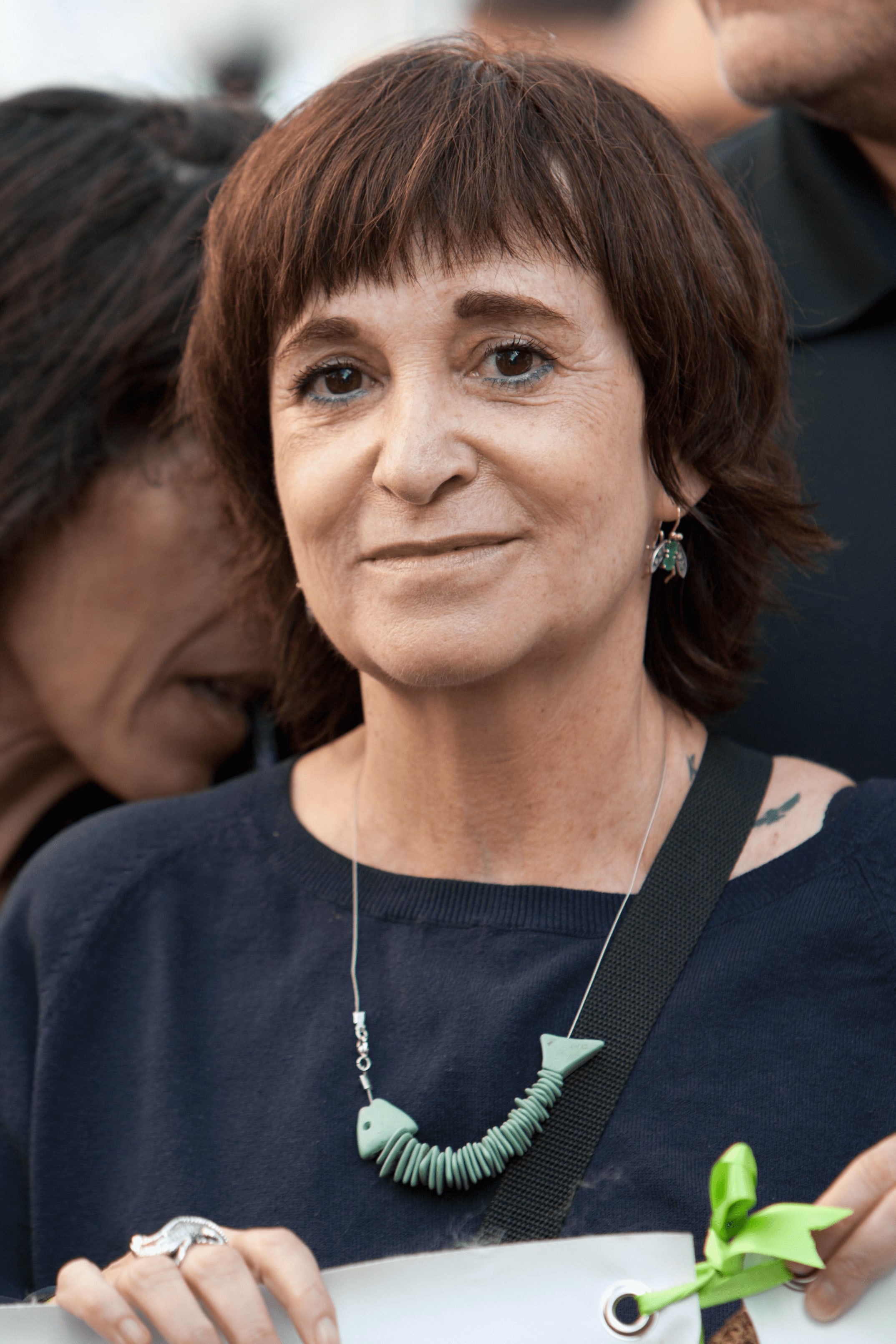
Rosa Montero was born on January 3, 1951, in Madrid. Like most of the artists from this list, an event in Rosa’s life influenced her toward Literature. For her, it was a severe disease. As a little kid, she suffered from tuberculosis, so she stayed home until she was 9 years old. As she was at home, she dedicated most of her time to reading and writing her own stories, and what began as a game soon became a way of life.
She studied journalism and psychology at the university. In 1970, she began collaborating with several media outlets, and since 1977 she has worked for the “El País” newspaper. She has also regularly written for Latin American and European newspapers.
Rosa has given a lot of creative writing courses, conferences, symposiums, and masterclasses all over the world. Her novels have been adapted into plays, films, operas, and art installations.
Rosa Montero’s journalistic and literary works have strong autobiographical characters and fantastical elements, and she even inserts reflections and information from her real life. **Beside, “El Tiempo entre costuras” (The time in Between), other important literary pieces are *“El peligro de estar cuerda” (*2022), “La buena suerte” (2020), and “La loca de la casa” (2003).
Now you have a new list of Spanish authors that write from the heart and whose work will take you into adventures, heartbreak, and reflections. They all have a unique story, a different world vision, and a strong passion for the written word. All of that is the key to their successful writing!
I hope you have enjoyed this and if you read any of their books, please let us know what you think!











